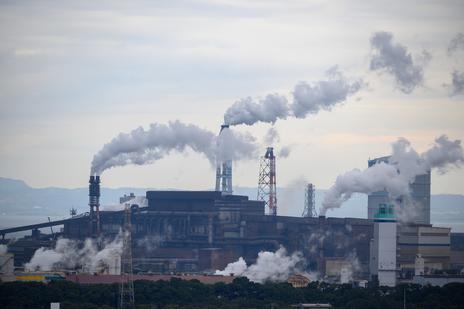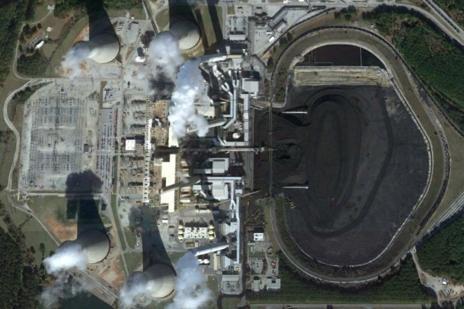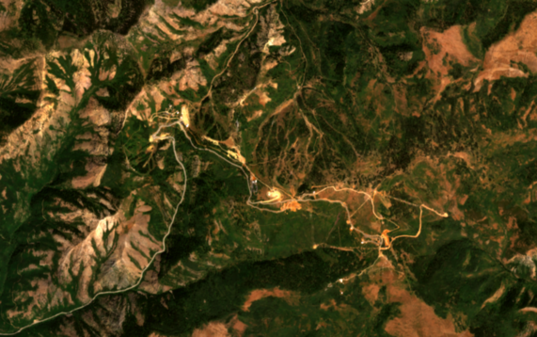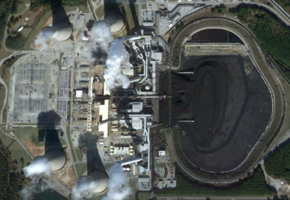
Providing emissions estimates
We’re working with Climate TRACE on the States and Regions Remote Sensing (STARRS) project. It’s providing states and regions with up-to-date emissions data using AI and data from a wide array of remote sensing technologies, including satellites.
But what do we mean by "providing emissions estimates"?
Which emissions are we talking about?
And where are they coming from?

Greenhouse gases
Climate TRACE is creating estimates for three major greenhouse gases – referred to as “emissions” because they are emitted, or produced, from certain activities.
Read Climate TRACE's in-depth explainer article to learn about the different greenhouse gases.
Within the STARRS project, we're including estimates of:
- CO2 – carbon dioxide
- CH4 – methane
- N2O – nitrous oxide
- CO2e – carbon dioxide equivalent (provided alongside CH4 and N2O emissions to compare impacts across gases)
Emissions sources
We've listed out all the emissions sources specifically included in the STARRS project inventories to the right.
For more details on how emissions are estimated for each sector or subsector, visit the Climate TRACE downloads page, where you can download detailed methodology documents for each.
You can also learn more about how each sector is defined on the Climate TRACE website here.
Agriculture
- Cattle - enteric fermentation
- Emission(s): CH4
- Cattle – manure
- Emission(s): CH4 and N2O
- Cropland fires
- Emission(s): CO2, CH4 and N2O
- Rice cultivation
- Emission(s): CH4
- Synthetic fertilisers
- Emission(s): N2O
Forestry and land use
- Forest carbon sinks
- Emission(s): CO2
- Forest clearing
- Emission(s): CO2
- Forest fires
- Emission(s): CO2
- Shrubland and grassland fires
- Emission(s): CO2
Industry / manufacturing
- Aluminium
- Emission(s): CO2
- Cement
- Emission(s): CO2
- Steel
- Emission(s): CO2
Mining / mineral extraction
- Coal mining
- Emission(s): CO2 and CH4
- Other minerals
- Emission(s): CO2
Power
- Electricity generation
- Emission(s): CO2
- Oil and gas – production
- Emission(s): CO2 and CH4
- Oil and gas – refining
- Emission(s): CO2, CH4 and N2O
Transport
- Aviation
- Emission(s): CO2, N20, CH4
- Road transport
- Emission(s): CO2
- Shipping
- Emission(s): CO2
Waste
- Solid waste disposal
- Emission(s): CH4

What isn't included?
Climate TRACE uses two main methods of measuring emissions.
- Direct measurement through statistical modelling and remote sensing.
- Implicit estimation for sectors that are not directly measured using other data sources.
Currently, implicitly estimated sectors are not yet available at the province level, (but are included in the Climate TRACE country-level inventory). Climate TRACE is continuing to improve its methods and aims to make implicitly estimated sectors at the province level available soon.
Implicitly estimated sectors include: buildings sector (heating, cooling, and cooking) and other minor industries. The STARRS project covers the vast majority of emissions to provide states and regions with the information they need to implement adaptation and mitigation measures.


